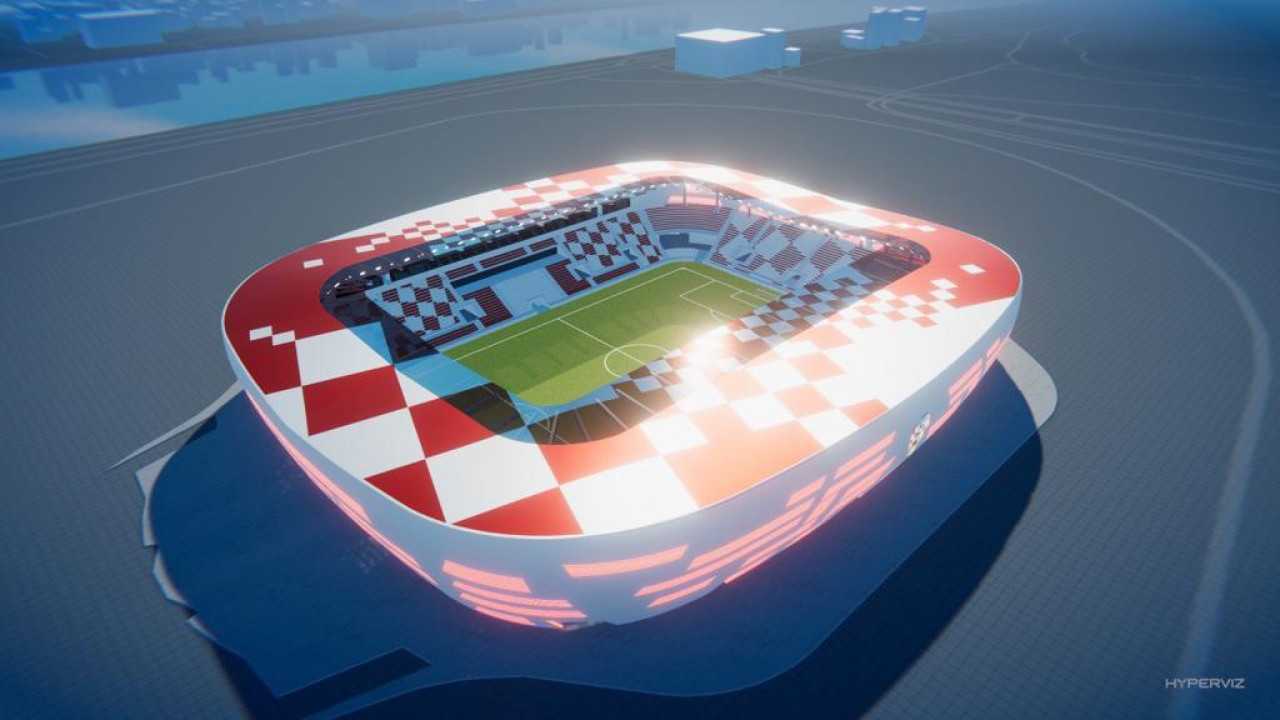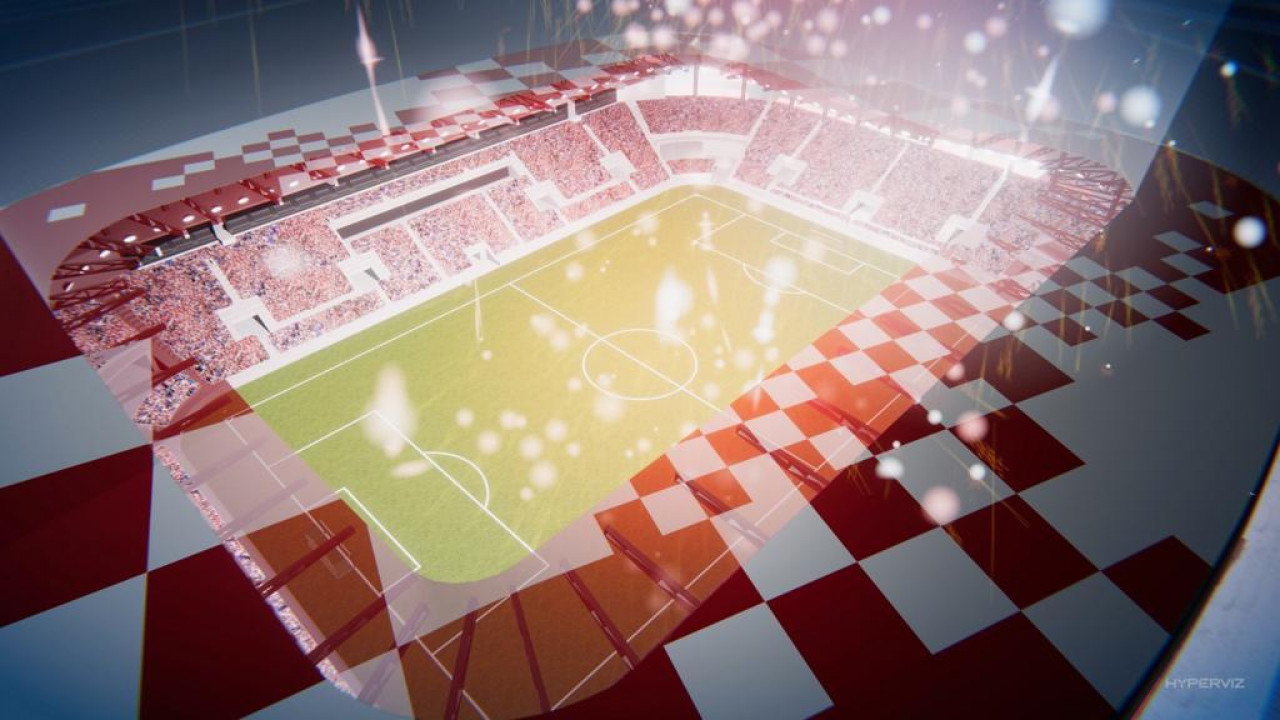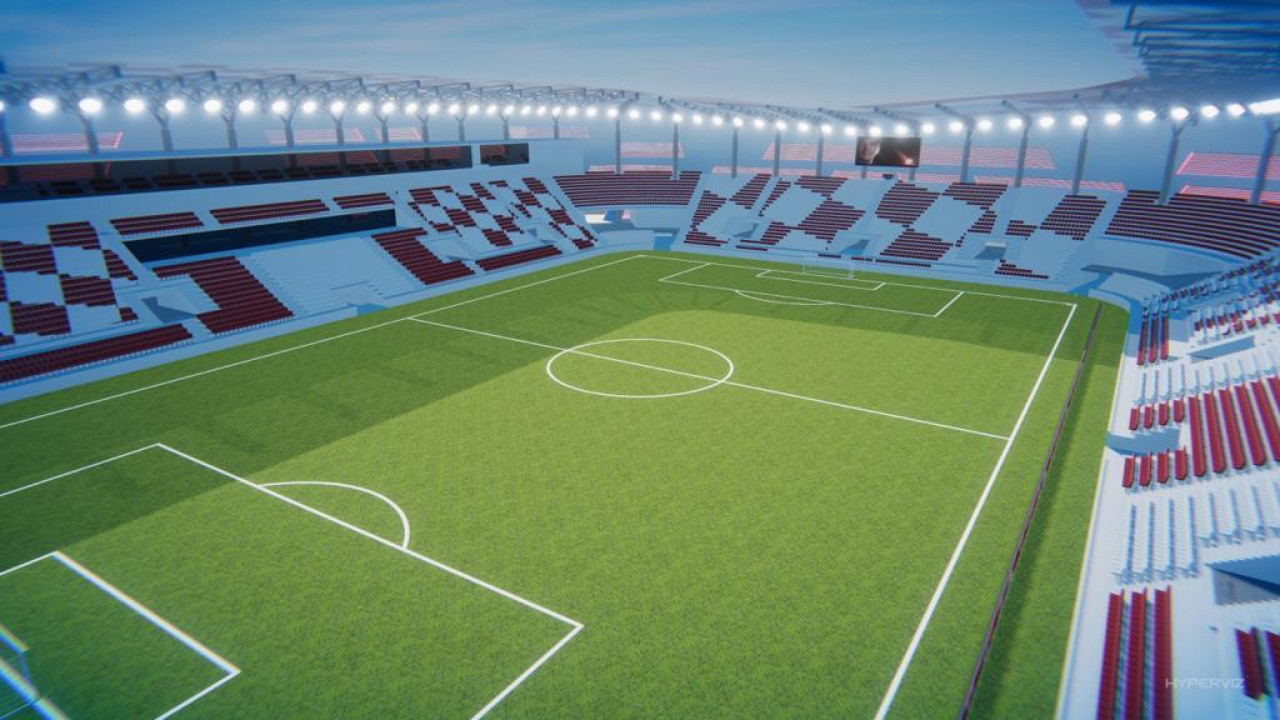Zagreb: Croatia's problems with national stadium
source: StadiumDB.com [TS]; author: Tomasz Sobura
 For several years, there have been talks of the need to build a National Stadium in Zagreb. So far, everything ends with empty declarations. The World Cup runners-up are playing at one of the worst national stadiums in Europe.
For several years, there have been talks of the need to build a National Stadium in Zagreb. So far, everything ends with empty declarations. The World Cup runners-up are playing at one of the worst national stadiums in Europe.
Advertisement
Urgent need to build a modern venue
The problem is deeper, the stadium infrastructure in Croatia has nothing to do with the level presented by the players. The Croatian footballers, led by Luca Modric, believe that playing at Stadion Maksimir, to put it mildly, does not bring pride to the national team or the country.
At the beginning of December, representatives of HNS (Croatian Football Association), the city of Zagreb and the Ministry of Tourism and Sports met to discuss the plans for the construction of the National Stadium.
 All renderings illustrating this article are from February, 2020. The stadium model is not a solid architectural concept, rather a projection intended for the Croatian diaspora, based on the design for new Kantrida in Rijeka.
All renderings illustrating this article are from February, 2020. The stadium model is not a solid architectural concept, rather a projection intended for the Croatian diaspora, based on the design for new Kantrida in Rijeka.
HNS Executive Director Marijan Kustić believes the national football association should not invest its own funds in stadiums infrastructure. Modernization of Maksimir and other venues should be carried out with the money available to local authorities and clubs.
In recent years, we have invested over 70 million kunas (€ 9 million) in domestic stadiums. This should be the responsibility of clubs and cities. We are constantly initiating investments in stadiums infrastructure. This is not a football association's job and I don't know which FA in Europe invests so much in sports infrastructure,
said Kustić.
The conclusion of the meeting was that the authorities of Zagreb should try to reach an agreement with Dinamo on the construction of a new National Stadium on the basis of the existing Stadion Maksimir. It is the best location for such a facility and no one can imagine playing the matches of the Croatian national team in Osijek, as it was considered a few years ago.

In October, the above-mentioned parties met to discuss the construction of the new venue, but so far no detailed financing plan has been developed. The initial assumption is that the city of Zagreb, the Dinamo club and possibly the Croatian diaspora should participate in the construction costs. It would be a symbolic gesture from the expats scattered around the world.
New stadium to replace the old one
Ivica Rovis, director of the Institute of Spatial Planning of the City of Zagreb, after consulting with the authorities of the Zagreb's club, stated that Dinamo would prefer to build a new facility on the basis of the existing complex in the Maksimir-Svetice district with Maksimir Park in the north, Svetice as a recreation and sports centre, connected with the Stadion Maksimir and the Hitrec-Kacian stadium in close proximity. The new venue would have a capacity of 28,000-30,000 seats and would be ready within three years.
So we know what the parties' expectations regarding the stadium are. It is high time to move on to the design of the facility and formal and procedural issues related to the construction. For now, the preliminary visualizations of the stadium, presented in this article, are ready.

It is estimated that in 1997-2015 about € 108 million was spent on the revamp of Maksimir, which is a shocking amount when, according to the latest forecasts, the construction of the new national stadium would cost around € 50-60 million. In other words, it was possible to build two stadiums with this money.
Playing matches at Maksimir with the participation of the public can also be dangerous. The stadium suffered during the March earthquake that hit Croatia. Dinamo has begun repair works on the South Stand, which was hit the hardest by the disaster. However, there is also a problem with the East Stand which is in terrible condition and the best option would be to demolish it.
Perhaps, if fans return to the stadiums soon, the national team will have to wander the country and play matches at various venues.
Author: Tomasz Sobura
Advertisement
 StadiumDB
StadiumDB